
RAP has evolved into more than just a music genre in Brazil — it’s a cultural movement that has transformed how people see art, society, and identity. Born from the streets and rooted in resistance, Brazilian RAP is now a vital voice for social justice, creative expression, and community empowerment.
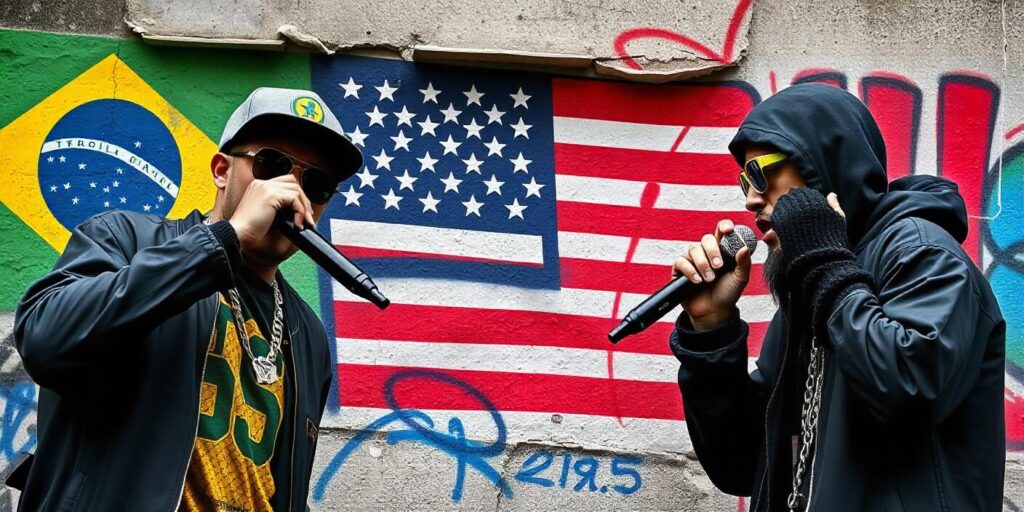
From the Margins to the Mainstream
RAP in Brazil found its footing in the late 1980s, inspired by the global rise of hip-hop and shaped by local realities. Its rise began with iconic albums like Hip-Hop Cultura de Rua, which paved the way for artists like Thaíde, DJ Hum, and later Racionais MC’s. Their lyrics gave voice to the everyday struggles of Brazil’s urban peripheries — touching on themes like racism, poverty, violence, and inequality.
What set Brazilian RAP apart was its blend of global hip-hop influences with national rhythms like samba and funk, creating a uniquely local sound that reflected the country’s diversity and complexity.
More Than Music: A Cultural Movement
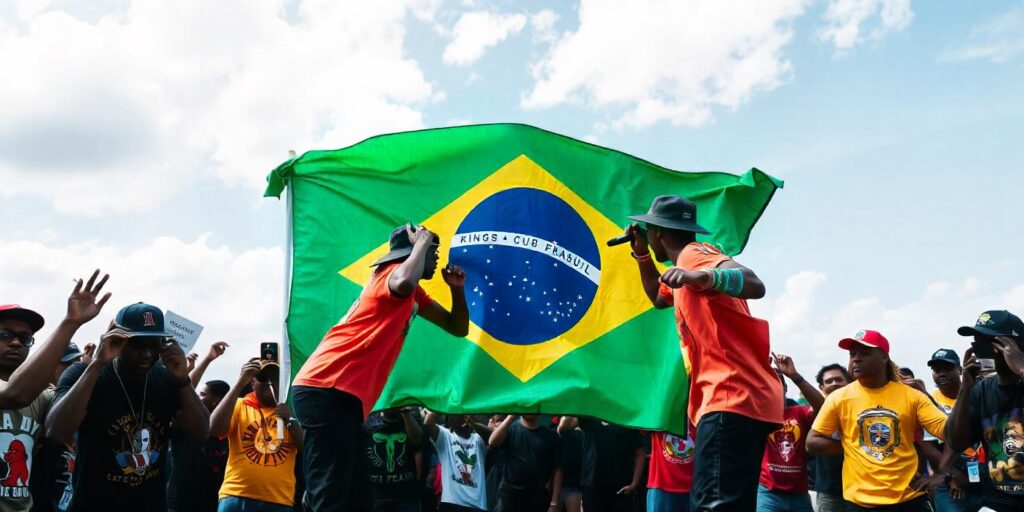
Brazilian RAP has always been deeply connected to real life. It speaks the language of the streets, addressing social and political issues in a way that resonates with millions. Whether criticizing systemic injustice or uplifting marginalized communities, RAP has become a tool for awareness, resistance, and change.
Beyond lyrics, RAP has left its mark on fashion, language, and street culture. Baggy clothes, sneakers, bold prints, and expressive slang are all symbols of identity and pride within the movement. Youth across the country use this aesthetic to express who they are and where they come from.
Building Identity and Representing Diversity
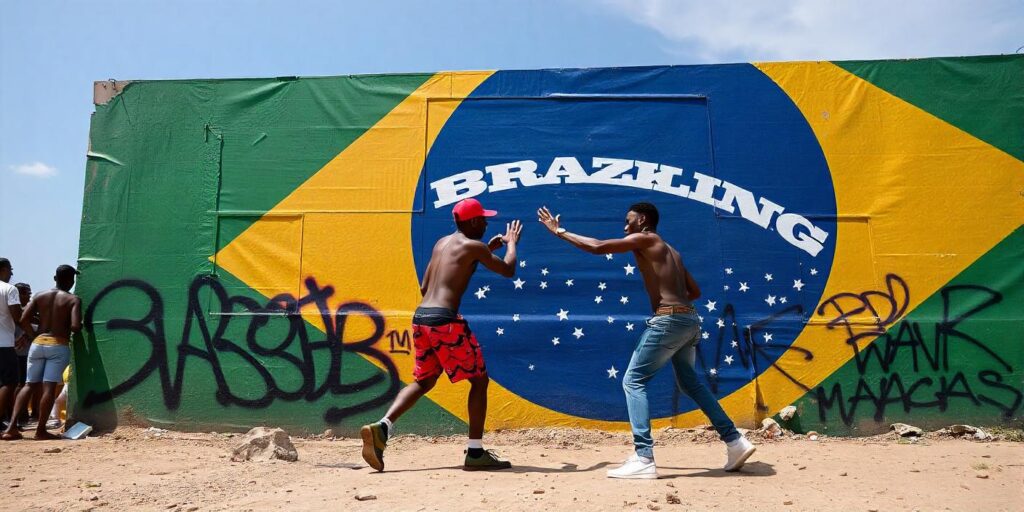
One of the most powerful aspects of Brazilian RAP is its commitment to celebrating Afro-Brazilian identity. Many artists weave African heritage, ancestral stories, and cultural pride into their music. This has helped reshape national conversations around race and representation.
RAP also embraces diversity in all forms — from Indigenous voices to LGBTQ+ rappers — creating a platform where everyone can be seen and heard. Artists like Emicida, Karol Conká, and Djonga have used their influence to amplify conversations about gender, class, and race.
Events That Keep the Culture Alive

Festivals, MC battles, and slam poetry events have been key to keeping the RAP culture thriving. These spaces not only showcase talent but also foster community, creativity, and critical dialogue. They create opportunities for new artists to emerge and for audiences to connect with powerful messages in real-time.
Independent Spirit Meets Industry Recognition
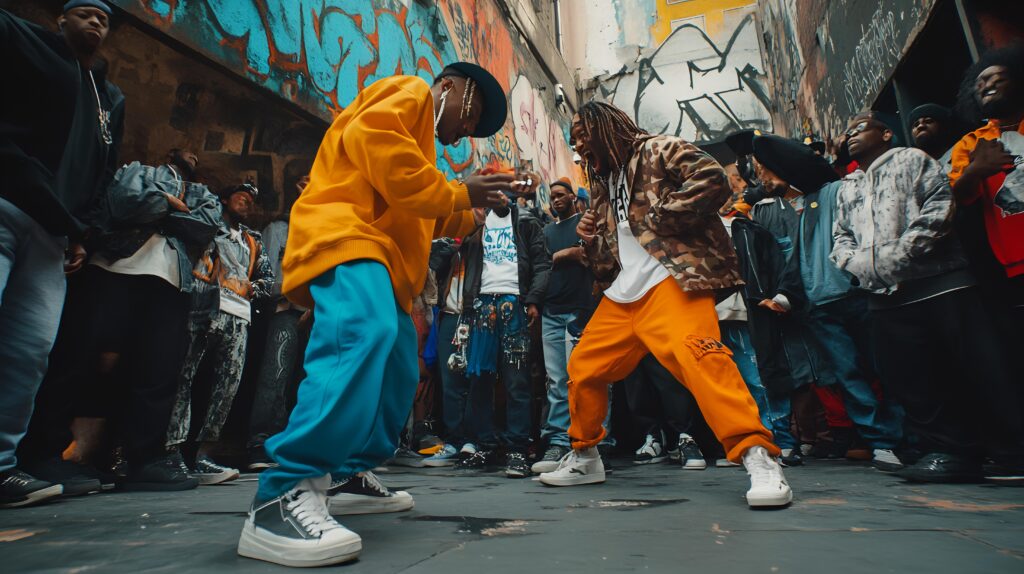
Thanks to digital platforms, many Brazilian rappers have bypassed traditional music industry barriers, reaching massive audiences through independent channels like YouTube and Spotify. What was once considered underground is now topping charts and selling out festivals.
RAP’s raw honesty and cultural relevance have forced the mainstream industry to take notice, making room for more diverse voices and stories in the national spotlight.
Looking Ahead: The Future of RAP in Brazil

As new generations of rappers rise, Brazilian RAP continues to innovate. Emerging styles like trap, drill, and conscious rap reflect current realities while staying rooted in the movement’s original mission: to speak truth, inspire change, and build community.
With more collaborations, international recognition, and integration into education and social projects, RAP is not just a soundtrack — it’s a force shaping the future of Brazilian culture.
Conclusion
Brazilian RAP is a reflection of a country’s soul — raw, complex, and powerful. From beats to beliefs, it continues to inspire a nation to think, feel, and fight for something better.

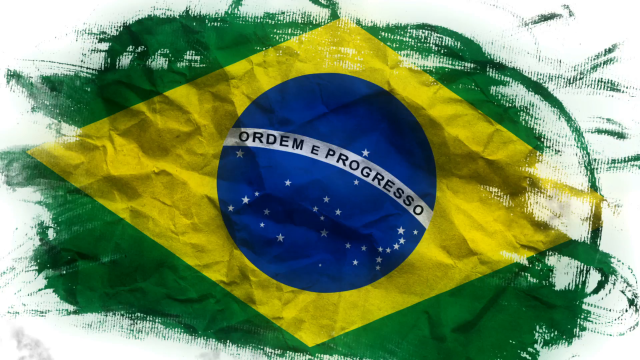
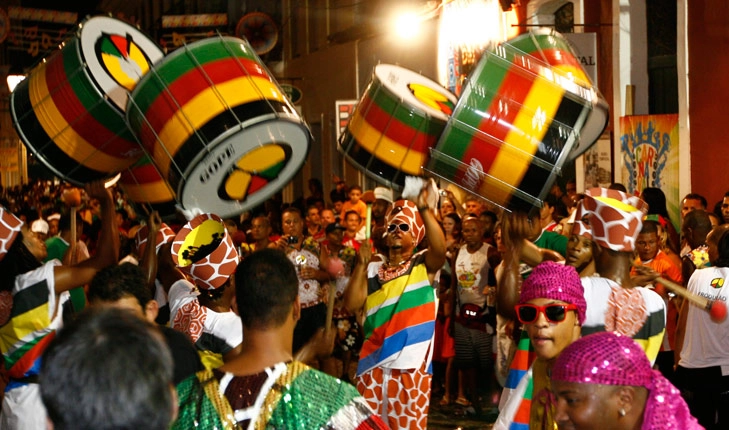



Awesome https://is.gd/N1ikS2
Very good https://is.gd/N1ikS2
Very good https://is.gd/N1ikS2
Good https://is.gd/N1ikS2
Very good https://is.gd/N1ikS2
Very good https://is.gd/N1ikS2